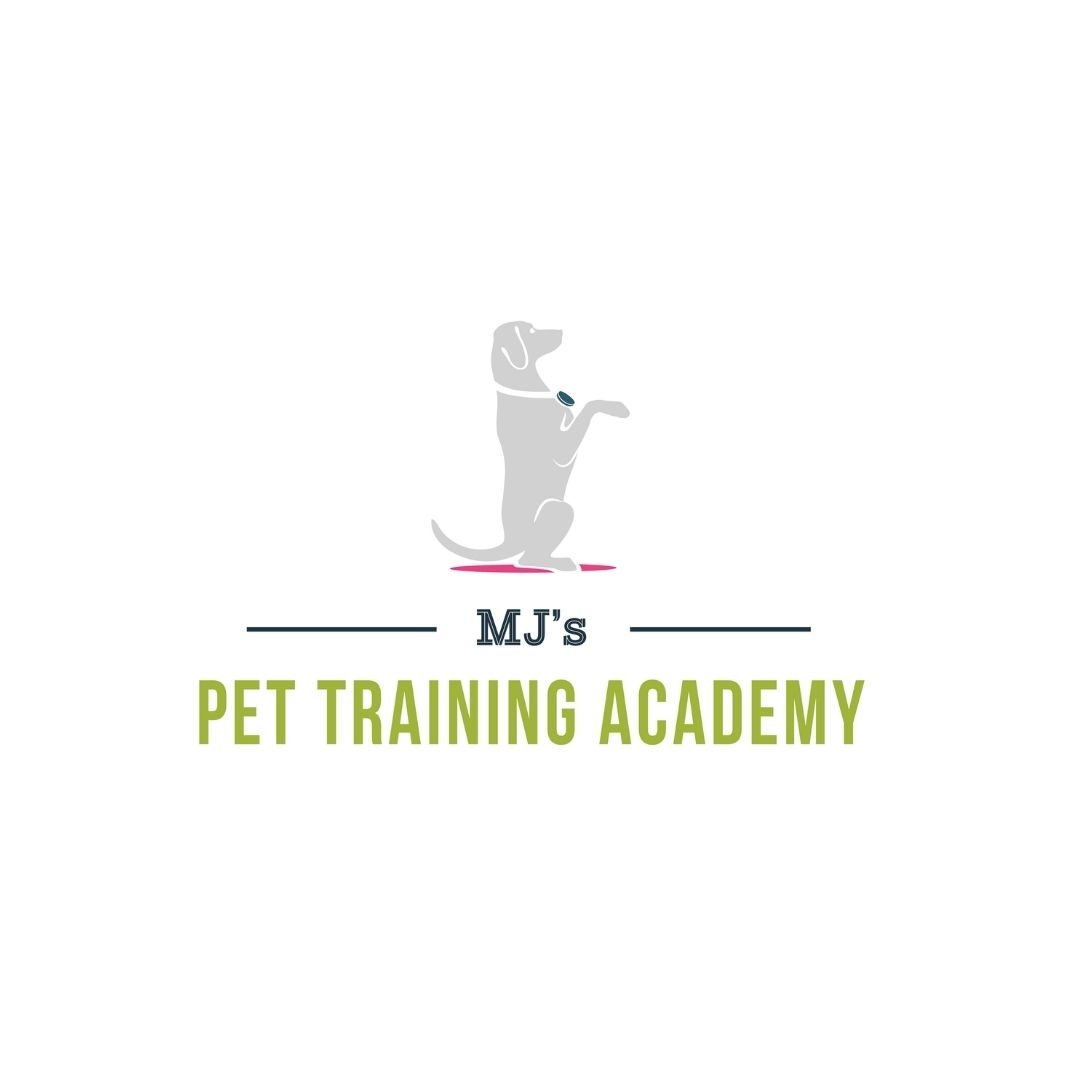Is Rollover a Safe Trick for Dogs?
Trick training allows an owner and their dog to spend quality time together in the yard or training ring, but not every trick that goes viral on social media is safe for a dog’s body. Rollover is one of the most common tricks people train. Picture a Golden Retriever, German Shepherd, or Poodle dropping onto its side, kicking its legs, and rolling before popping back up. Rollover is a cute trick, but is it safe for all dogs? This post won’t walk you through every step of teaching your dog to roll over. Instead, it examines an important question: Is rollover safe for dogs?
The first step in determining if a trick is safe is to consider how your dog naturally moves. Trick training often involves backing up, spinning in circles, or lifting each paw on cue. Dogs don’t usually do these things on their own, but they are movements the dog is capable of and will do in combination with other behaviors. Rollover is no different. Most healthy dogs can handle it. Watch dogs play, and you’ll see many of them roll in some version on their own.
There are exceptions, though. Some dogs don’t have the structure to roll comfortably. Others may be sore, stiff, or have injuries that make rolling uncomfortable or even unsafe. These aren’t everyday situations, but they’re essential to keep in mind. Dogs don’t always stop themselves when something hurts, and sometimes they’ll push past what’s safe.
Training dogs safely and ethically means constantly asking what’s in the dog’s best interest and being willing to assess in the moment. If a trick is easy for your dog one day but your dog refuses to do it the next, that’s not stubbornness. That’s a signal that might mean the environment is more complex than usual, your rewards weren’t reinforcing enough last time, or maybe even that your dog is in pain.
Think about how you work at your desk. If your neck starts to ache, you stop typing, stretch, or rub your shoulder before getting back to it. If the soreness lingers, you take a break. Our dogs deserve the same chance to rest, rather than being pushed through discomfort. I’m not saying every refusal means you should call your veterinarian, but it does mean considering the possibilities and comparing what your dog is doing to their normal baseline.
Think about how you work at your desk. If your neck starts to ache, you stop typing, stretch, or rub your shoulder before getting back to it. If the soreness lingers, you take a break. Our dogs deserve the same chance to rest, rather than being pushed through discomfort. I’m not saying every refusal means you should call your veterinarian, but it does mean considering the possibilities and comparing what your dog is doing to their normal baseline.
This mindset isn’t just for tricks. Whether you’re teaching obedience or life skills, if your dog suddenly struggles with something that’s usually easy like refusing to stay or go from sit to down, look at the circumstances before assuming they’re being difficult.
“It’s also a myth that positive reinforcement automatically means safe training.”
It’s also a myth that positive reinforcement automatically means safe training. Reinforcement is powerful, and animals will sometimes push themselves beyond their limits in pursuit of a reward. The reason I switched from saying ‘dogs’ to ‘animals’ is that it’s true for all animals. I have occasionally worked with other species: cats, rabbits, birds, and even a few pigs. Safe training means knowing what’s normal for the animal, what they look like at rest, and how they move when they play, no matter the species.
For most dogs, rollover is harmless and fun. It can also be combined with other tricks into routines. One of my favorites starts with the dog between your feet. The dog drops into a down position, rolls over into a heel position, and you step over as they pop up. It’s fun to train, but I wouldn’t ask every dog to do it.
If your dog is in good health and reasonably fit, rollover is probably fine. The key is to ask yourself what’s natural and comfortable for your dog, and then build up to the behavior gradually with luring.
The more questions you ask about what’s right for your dog, the better trainer you’ll become, and the more you’ll learn about your dog in the process.
